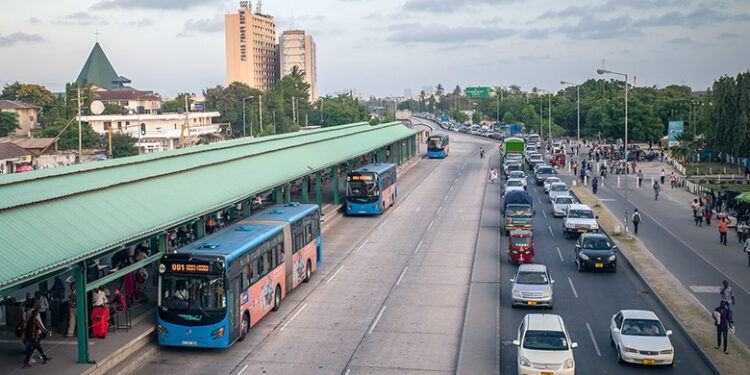The rapid expansion of transport infrastructure across Africa, with over 30 planned development corridors, poses a significant threat to the continent’s natural habitats and biodiversity. As these corridors advance, the associated increase in human population size, projected to grow by 1.3 billion people by 2050, intensifies the ecological impact.
This article delves into the under-researched field of road ecology in Africa, exploring the positive and negative effects of roads and traffic on the environment.
Systematic Review of Road Ecology Research
A systematic review was conducted to gain a comprehensive understanding of road ecology research in Africa. Between 1954 and 2016, 210 publications were discovered, revealing a geographic bias towards more affluent and politically stable regions, notably southern and East Africa.
This review sheds light on the taxonomic scope of the research, identifying gaps and providing insights into the need for further investigation.
Single Species and Regional Biomes in Road Ecology Research
Most road ecology publications in Africa focus on single species, particularly mammals, with chimpanzees and forest elephants being the most studied. The research is concentrated in specific regions, predominantly southern Africa, and explores the grassland and savannah biome and the tropical and subtropical forest biome. Understanding these focal points is crucial for assessing the broader ecological impact of roads.
Direct Impacts of Roads: Wildlife-Vehicle Collisions in the Spotlight
Among the various ecological impacts, wildlife-vehicle collisions emerge as a predominant concern in road ecology research in Africa. While most publications delve into the direct consequences of roads on wildlife, only a third of these studies provide recommendations for intervention.
The need for rigorous testing of mitigation measures becomes evident, emphasizing the importance of evidence-based strategies.
Mitigating Road Impacts: Recommendations for Sustainable Intervention
Despite the identified gaps in research, some publications offer recommendations for interventions to mitigate the impacts of roads on biodiversity. These interventions primarily focus on ecosystem and natural process recreation site and area stewardship, pointing towards potential avenues for sustainable development and conservation efforts.
Future research directions include assessing the efficacy of mitigation measures and exploring incentives and education for reducing road impacts.
Conclusion:
In conclusion, the systematic review underscores the urgent need for an accelerated study of the ecological impacts of roads on Africa’s natural habitats and biodiversity. With large-scale infrastructure development on the horizon, understanding and implementing effective mitigation measures before and during construction is crucial. This research provides a roadmap for sustainable transportation infrastructure, ensuring that the road ahead minimizes its environmental impact and supports the coexistence of transportation development and biodiversity conservation in Africa. Original Article:https://www.frontiersin.org/articles/10.3389/fevo.2019.00479/full




